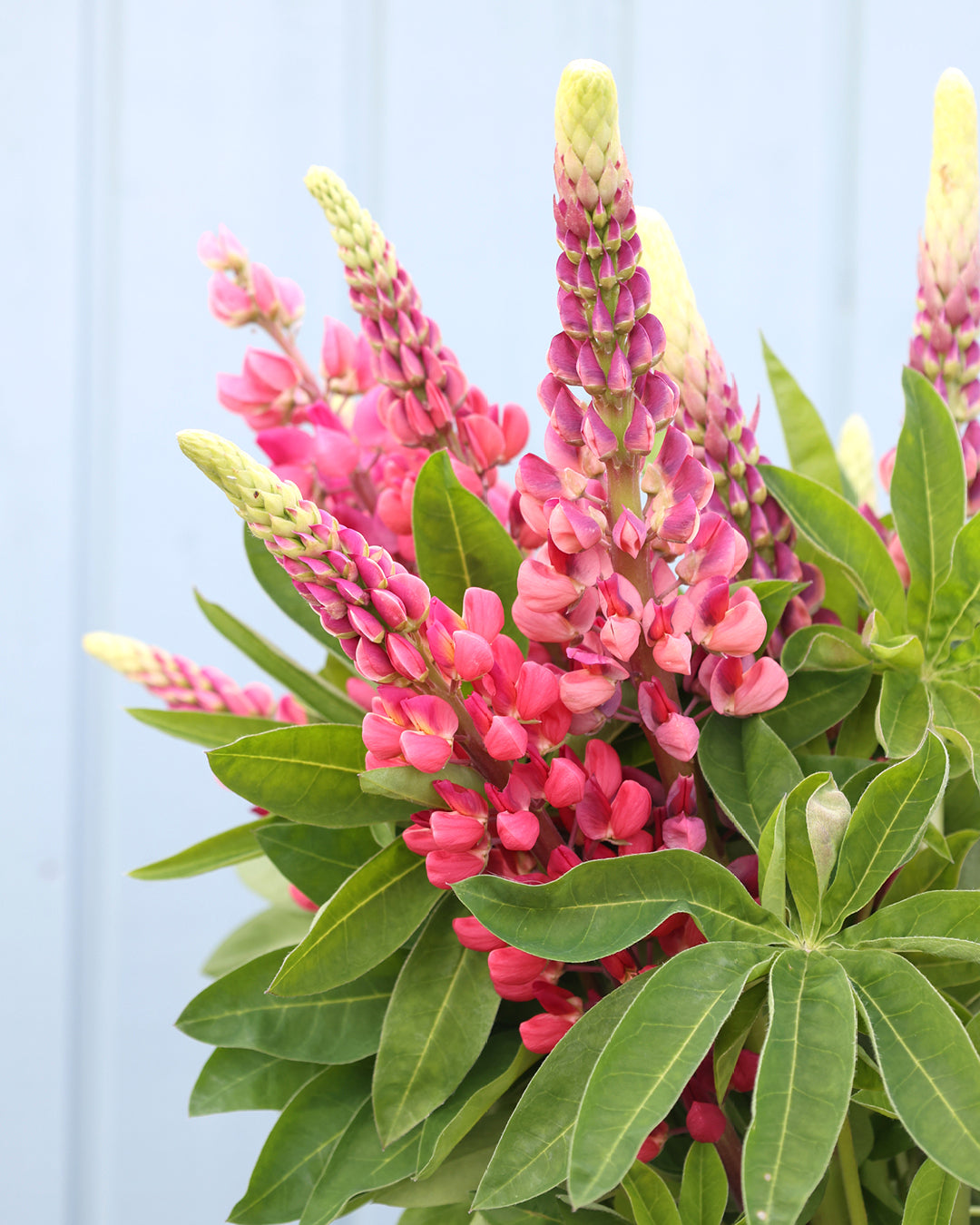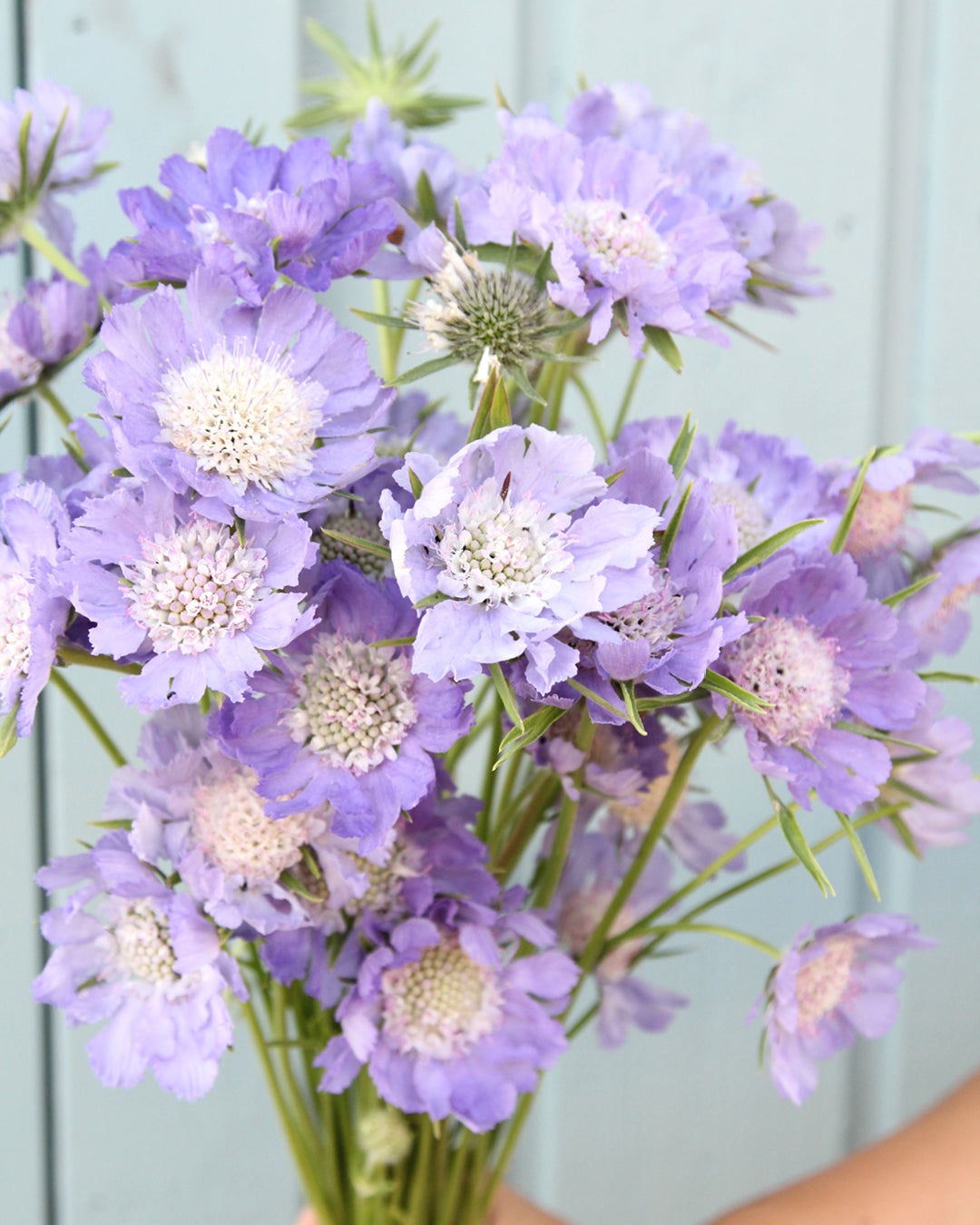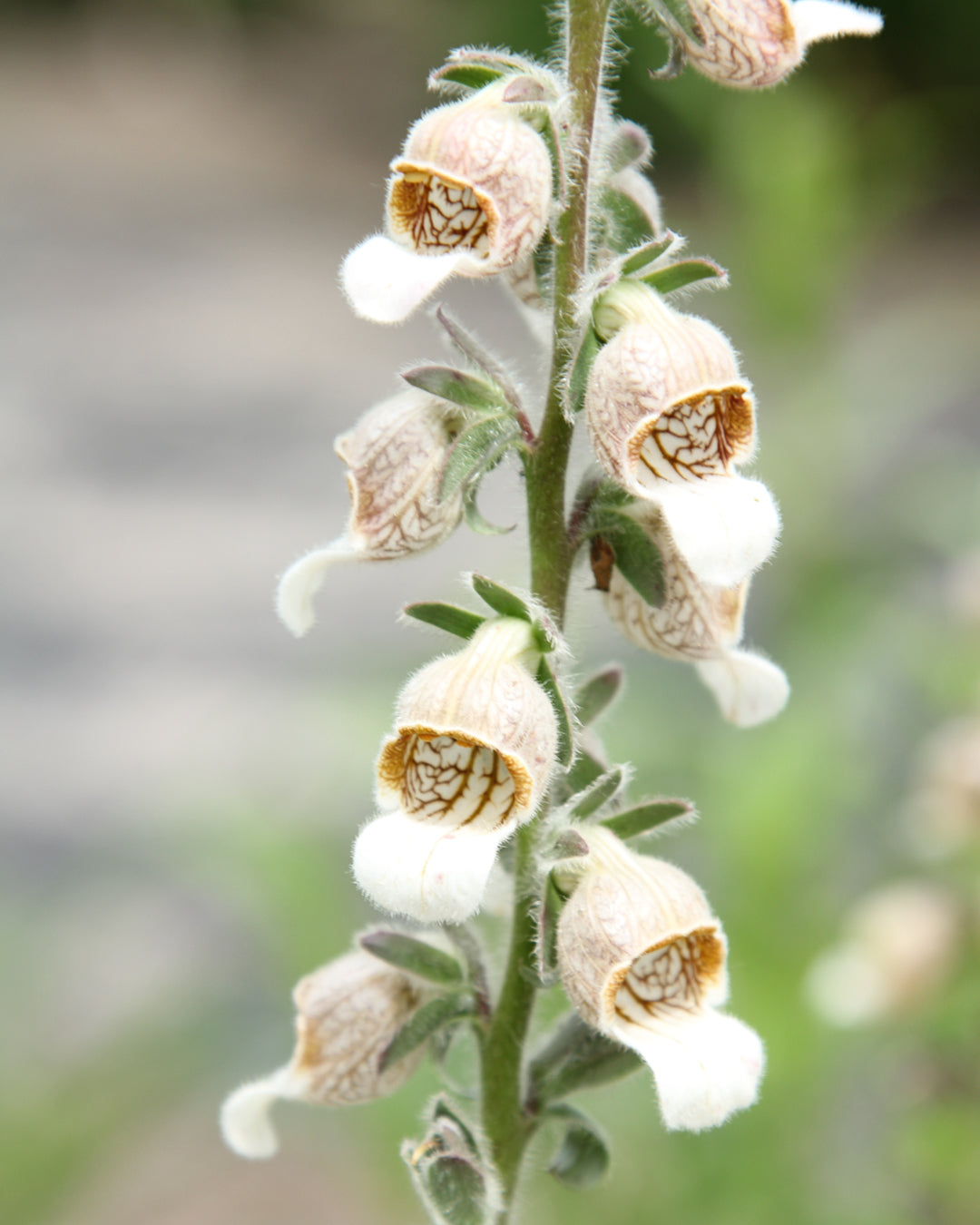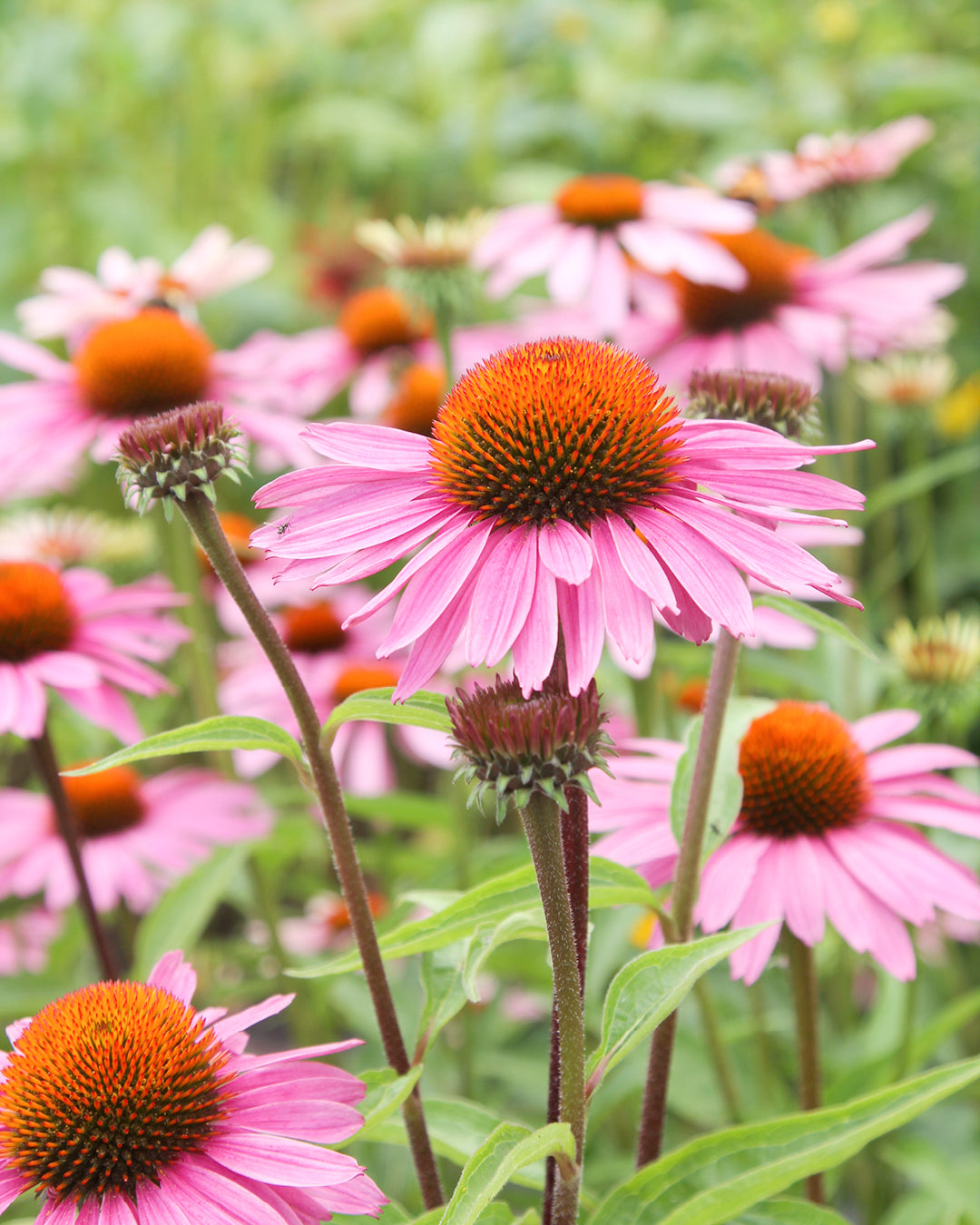Front gardens – the first impression counts
A beautifully designed front yard is like a calling card for your home and garden. It reveals a lot about the preferences of the residents: Some have a romantic flair, others prefer variety, others prefer low-maintenance gardens, and yet others want a representative garden. This is usually a relatively small area between the house and the street, easily visible to everyone. The front yard, therefore, determines the first impression visitors get of a home.
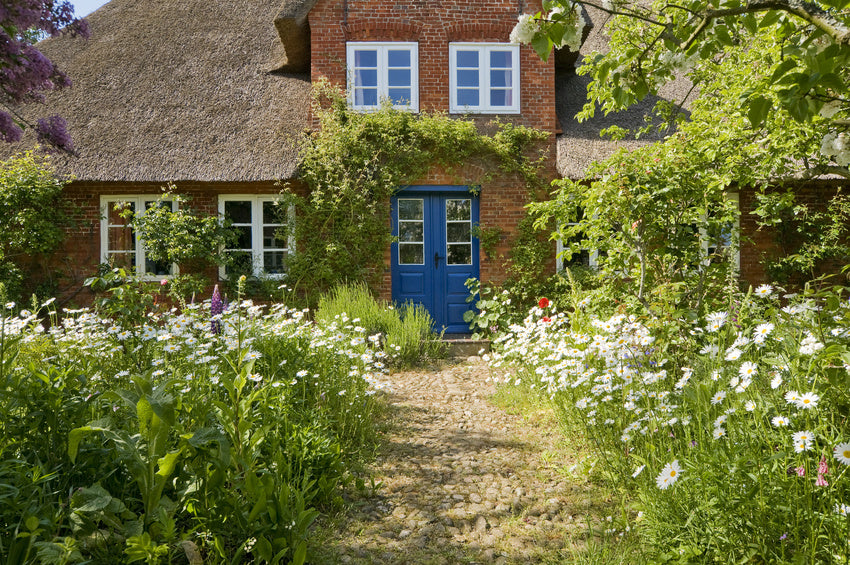
Harmonious coexistence
A successful front garden is tailored to the architecture of the house. It should either enhance or soften the character of the house. Experts recommend using certain materials from the house – clinker brick, wood, sandstone, or granite – in the front garden as well. For example, for flowerbed edging or small ornamental elements in the paving. This creates a harmonious image. A brick house goes well with a front garden in a classic, romantic style. In front of terraced houses, colorful perennial beds (usually on both sides of the front door) provide a pleasant variety. Paved areas are broken up by lush, colorful planters. Large, captivating houses need a harmonious counterstatement. Broad shrubs such as rhododendrons or tall, lush pergolas are particularly suitable for this.
The route is the goal
Make sure the paths are wide enough; overhanging flowers could otherwise overwhelm you, especially in wet weather. Rough surfaces are ideal for flooring, as this will prevent slippery walkways. The entrance area should also be adequately lit. Allow a little more space in front of the front door, for example, to leave enough space for shopping or to welcome visitors with attractive potted plants. It is often possible to connect the front garden to the rear garden area by passing by the house. Use the same stones for the paths as for the patio to create a smooth transition to the rear garden. Tip: Curved or angled paths may add interest, but to avoid rutted paths, always choose the shortest route.
Clear demarcation
If you want to define a boundary between a front garden and the street, you have the choice between a hedge, a fence, or a wall. Depending on the height, this not only protects the property from unwanted access but also from prying eyes. Caution: High hedges and fences not only have a forbidding effect, they also attract burglars. In rural areas, boundaries are often omitted altogether. This makes small gardens appear significantly larger. Hedges between neighbors are usually intended only as a frame, not as an opaque barrier. Waist-high hedges add structure to modern front gardens.
The right planting
Plants bring the front yard to life. Use varieties with a long flowering period. Plants with attractive leaves, blossoms, or berries are also particularly suitable. Fragrant plants subconsciously create a welcoming atmosphere as soon as you enter the property. Roses with catnip are a beautiful combination, and lavender always works. Evergreens and grasses enliven the garden and add structure and color, even in winter. Thanks to them, the garden is attractive all year round. Choose woody plants that are small-growing or tolerate pruning well. Ground covers are a great alternative to lawns that need to be mowed regularly. They form an even carpet and thrive much better in the shade than grass. In very shady areas where plants can only grow to a limited extent, gravel areas or accessories are also suitable. It is also nice to incorporate the colors of the house facade, front door, or window frames into the design.
Small but mighty!
Even if there is only a small amount of planting space available, visitors can still be given a blooming welcome. Front doors can be framed, for example, by arches with climbing roses and standard trees, such as wisteria or standard roses, which rise from narrow beds to the left and right of the door. If you forgo lawns in tiny front gardens, you can use the space for flowering beds and a seating area. Small, colorfully planted front gardens attract everyone's attention. If flowers bloom there all year round, it acts as a pleasant welcome. Bulbs start their flowering season, followed by perennials and small woody plants. For shady spots, low-maintenance perennials such as geraniums, bugleweed, the evergreen fairy lily, or ferns are particularly suitable. Tip: Very small front gardens are best designed with an open layout and mainly choose low-growing plants. Instead of a tree, plant climbing plants or a narrow shrub.
Tips & Tricks
• It's worth paying attention to details. If you can't put trash cans in a shed, buy or build a small wooden house. This will provide perfect camouflage. Partition walls can also be used to quickly hide unsightly items. Covered with climbing plants, they look even more attractive.
• The garden becomes particularly low-maintenance if garden fleece is laid under gravel areas. This comes from a roll and is simply laid out on the smoothed surface before the gravel is spread. The gravel area then requires little maintenance, as unwanted plants can no longer sprout.

